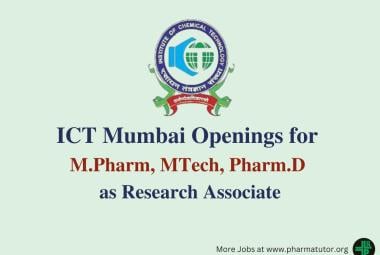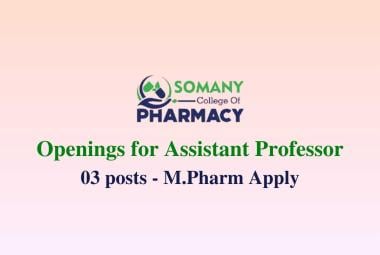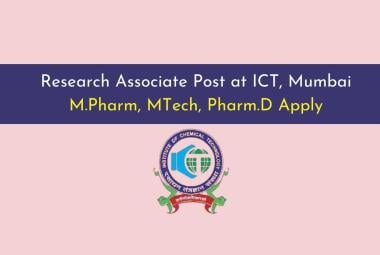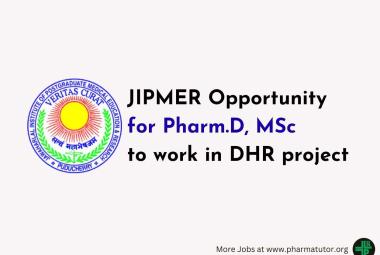Stevia rebaudiana : a ray of life for diabetics
Stevia rebaudianais a well known medicinal herb contains antibacterial, antifungal, anti-inflammatory, anti-viral, anti-yeast, cardiotonic diuretic and hypoglycaemic properties. This herb has been used in Ayurveda in India since centuries. Stevia is a perennial herb belonging to the family Asteraceae, is one of the most valuable tropical medicinal plant. Leaves of this plant produce zero calorie, high potency sweetener and substitute to sucrose, being about 300 times sweeter than sucrose. The compounds, named stevioside and rebaudiocide give stevia its taste. In India number of diabetic people in the age group of 25-45 is about 15% and is also increasing at an alarming pace. In addition, India is the largest consumer of sugar in the world. So stevia is attaining attention in Indian market as a healthy alternative sweetener to sugar. Stevia has no calcium cyclamate, no saccharim, no aspartame and no calories. It is safe for diabetics, as it does not affect blood sugar levels and have no neurological or renal side effects.


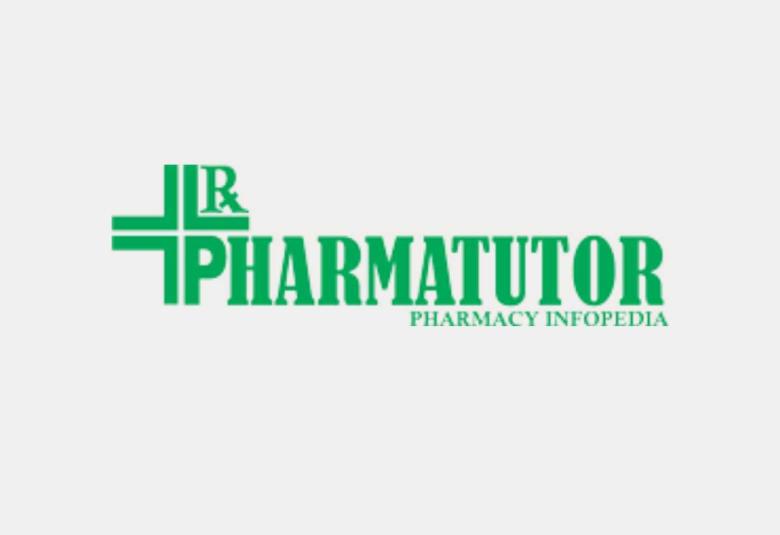
 About Author:
About Author: About Authors:
About Authors: About Authors:
About Authors: